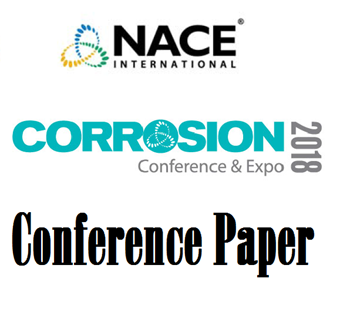It is a standard practice to use a coating system as the primary defense in preventing external corrosion on pipelines1. Additionally, pipelines installed by Horizontal Directional Drilling (HDD) also require special coatings which have high abrasion resistance to minimize damage during pull through2. However, given the aggressive nature of the installation method, some degree of compromised coating is inevitable. It is assumed that corrosion at the coating holidays will be suppressed through application of cathodic protection (CP). Considering the unknown effectiveness of CP at HDD’s, it is important to be proactive and consider additional measures to prevent any detrimental effects that the HDD drilling fluid may have on the pipeline.
Being proactive supports the development of leading practices and reinforces a focus on safe operation and improved safety performance. The external corrosion potential of pipelines installed by HDD operations is not well understood. The use of drilling mud (composed of bentonite, water, polymers, and conditioners) in HDD is used to lubricate/reduce friction, provide stability to the bored hole and to prevent overheating of the drilling assembly. Indications of increased corrosion activity in various steel pipes used in well casings have been attributed to drilling fluid3. Drilling mud components are not standardized throughout industry and quality control/quality assurance procedures are limited. Operators therefore must understand the drilling mud constituents to avoid increasing the corrosion potential of pipelines installed by this construction technique.
Analysis of two drilling mud samples taken at different geographically located HDD operations included the chemical and microbiological constituents. Results from the analysis have demonstrated the presence of microorganism populations’ associated microbiologically influenced corrosion (MIC) at one of the two test locations. Populations of MIC related microorganisms range from moderate to high concentrations at HDD Site A and little to none detected at HDD Site B. The negative implications of a moderate to high concentration of MIC related microorganisms on the external surface of a pipe include increased rate of metal loss, reduced service life and higher susceptibility for incidental release of the pipeline. Results from this case study are the first step to understanding the effects of HDD fluid and applying the necessary proactive control mechanisms to ensure that the safety of the pipeline is maximized.
Key words: Horizontal Directional Drilling, HDD, drilling mud, Microbiologically Influenced Corrosion, MIC, corrosion




